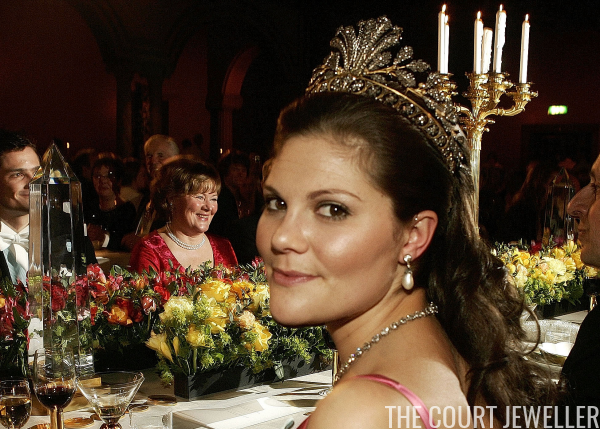 |
| Crown Princess Victoria wears the Napoleonic Cut Steel Tiara at the Nobel Prize Banquet, 10 December 2004 (Pascal Le Segretain/Getty Images) |
Last month’s royal wedding brought out a crop of royal etiquette experts who had lots to say about the “rules” of tiaras: when and where they can be worn and (most importantly) who can wear them. Today, I’m debunking three of these oft-repeated “myths” about tiara-wearing. Don’t trust everything you read — tiaras are much more accessible pieces than you’d think!
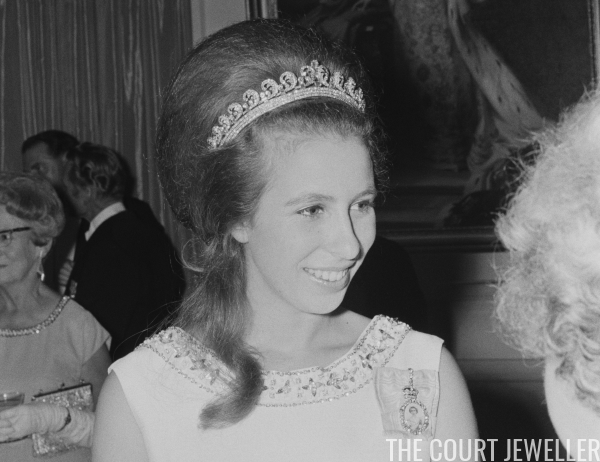 |
| Princess Anne wears the Halo Tiara in New Zealand, 16 March 1970 (William Lovelace/Daily Express/Getty Images) |
This one is just flat out false. You do not have to be married to wear a tiara! Single women have been sporting tiaras since they regained popularity in the nineteenth century, and they continue to do so today.
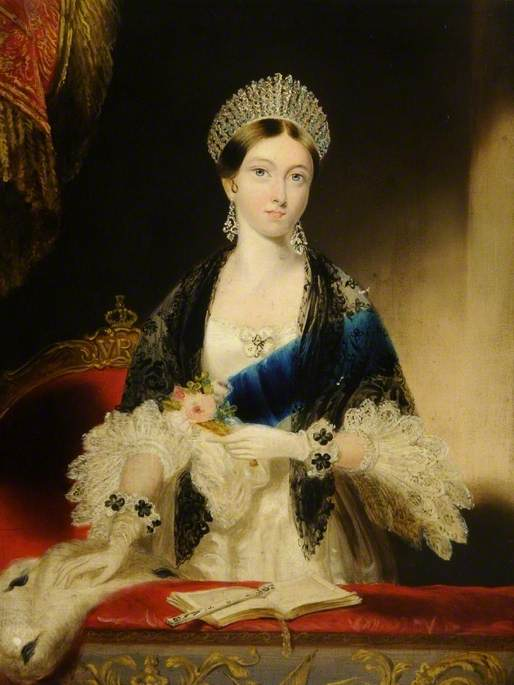 |
| Queen Victoria wears an artist’s depiction of Queen Adelaide’s Diamond Fringe in a portrait by Edward Parris, ca. 1837 |
It’s true that tiaras should be worn by adults, not by children. Marriage used to be seen as the marker of the transition from childhood to adulthood for women, but many women marry later in life, and many never marry at all. Any adult women who attends an appropriate function can wear a tiara, regardless of her marital status, and it’s been that way for a very long time. For example: after ascending to the throne, Queen Victoria was often depicted wearing her aunt Adelaide’s diamond fringe tiara, years before she married Prince Albert.
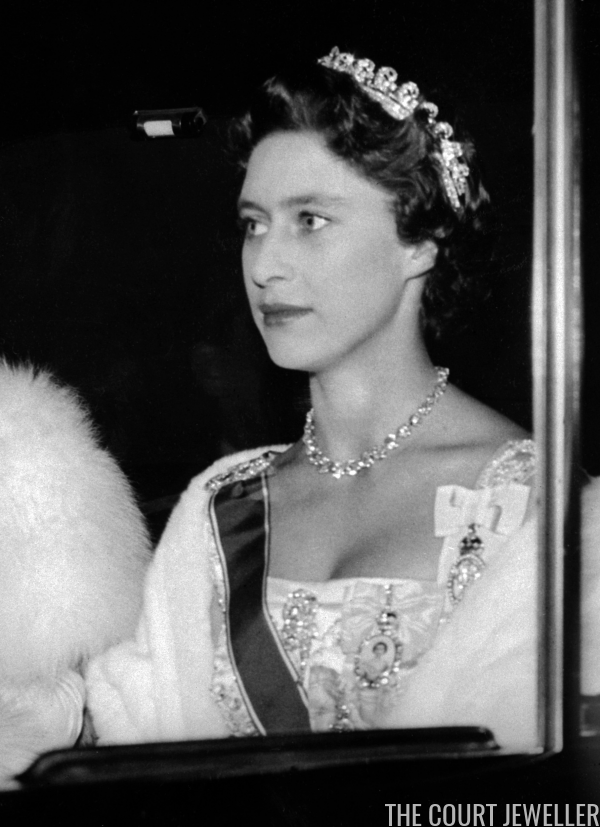 |
| Princess Margaret wears the Halo Tiara in London in the 1950s (AFP/Getty Images) |
In the twentieth century, Princess Margaret began wearing tiaras in public in the late 1940s, more than a decade before her marriage to Antony Armstrong-Jones. She even wore a familiar sparkler, the Cartier Halo Tiara, at one of the most important royal events of the 1950s: her sister’s coronation in 1953. Her niece, Princess Anne, later wore the same tiara before her marriage to Mark Phillips in 1973. (She also wore Princess Andrew’s Meander Tiara when she was a teenager.)
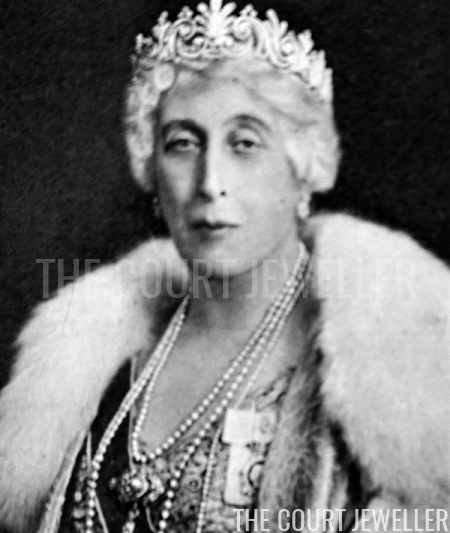 |
| Princess Helena Victoria wears the Schleswig-Holstein Honeysuckle Tiara (Image licensed to The Court Jeweller) |
Several British princesses, including King Edward VII’s daughter, Princess Victoria, and Princess Helena’s daughter, Princess Helena Victoria, never married at all. They each wore tiaras at appropriate events throughout their adult lives.
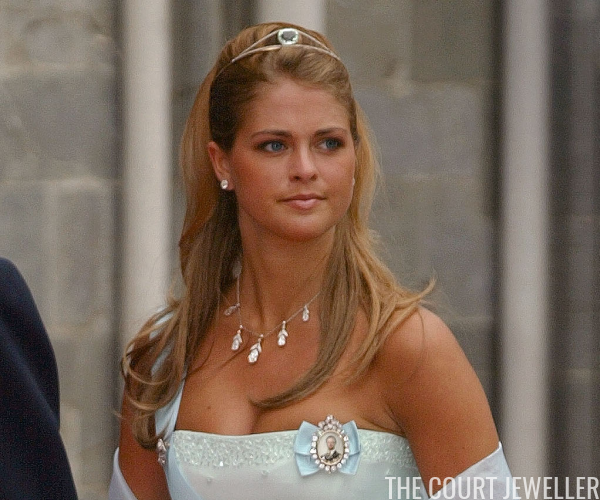 |
| Princess Madeleine of Sweden wears her aquamarine bandeau at the wedding of Princess Martha Louise of Norway, 24 May 2002 (Sion Touhig/Getty Images) |
In some countries, it’s even traditional to present a young (unmarried) woman with her first tiara on her eighteenth birthday, underscoring the fact that the ornaments are generally only worn by adults. Here’s Princess Madeleine of Sweden wearing her eighteenth-birthday gift, the aquamarine bandeau, in May 2002, a full eleven years before she married Chris O’Neill.
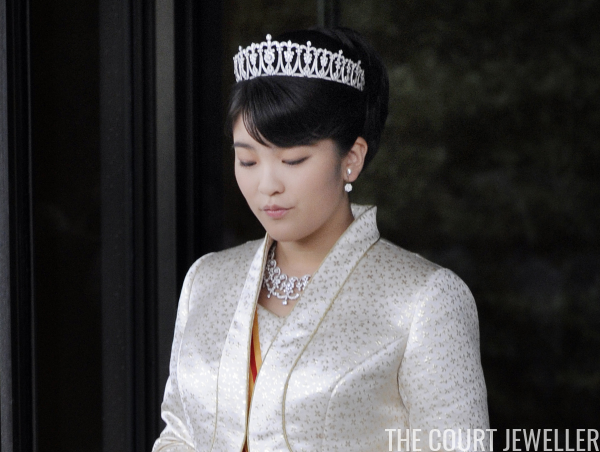 |
| Princess Mako of Akishino wears her diamond tiara at the Imperial Palace in Tokyo on her 20th birthday, 23 October 2011 (TORU YAMANAKA/AFP/Getty Images) |
Japanese imperial ladies receive their first tiaras when they reach the age of majority, which is twenty in that country. Interestingly, these Japanese princesses wear their tiaras throughout their single adult lives — and if they marry commoners (which is true of virtually every imperial princess who weds), their tiaras are taken back and placed in the imperial vaults.
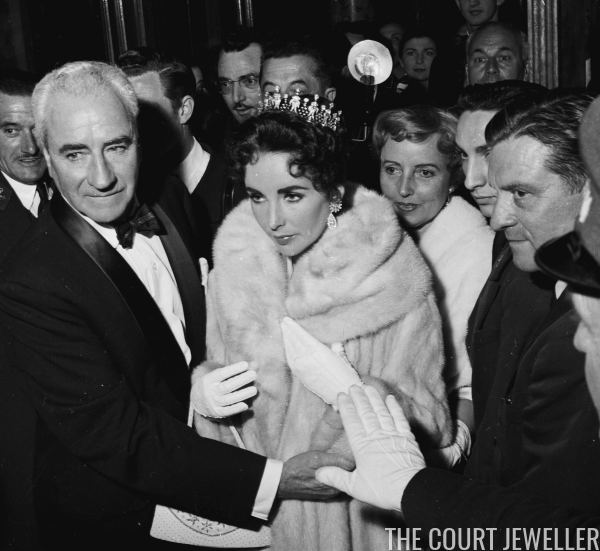 |
| Elizabeth Taylor wears the Mike Todd Tiara at a party, 4 May 1957 (Express/Getty Images) |
This is another one that is just totally untrue. These days, royal and noble women tend to be the primary wearers of tiaras, mostly because they’re more likely to participate in the kinds of events where tiaras are worn. But any woman who has access to a tiara can wear one. Elizabeth Taylor even had one of her very own, which she wore for major events like the Academy Awards and various film premieres.
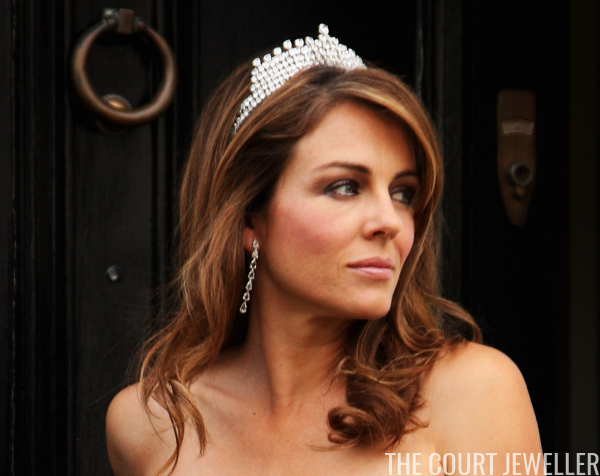 |
| Elizabeth Hurley wears a tiara as she departs for the White Tie and Tiara Ball, 26 June 2008 (Chris Jackson/Getty Images) |
Elton John even hosted an event, the White Tie and Tiara Ball, designed to encourage his female guests, most of whom were not royal at all, to don tiaras. One frequent attendee of this ball was Elizabeth Hurley, shown here wearing a tiara on her way to the party in 2008.
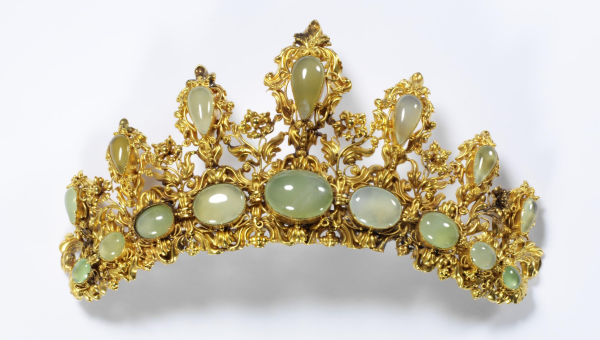 |
| Victoria and Albert Museum |
Thanks to innovative jewelers, this rule is also untrue: tiaras can be worn by anyone who has access to them, whether they are expensive pieces set with priceless gems or mass-manufactured items. The Victoria and Albert Museum is the home of a nineteenth-century tiara made of stamped gold set with chrysoprase. The diadem would have been a much cheaper alternative to tiaras set with diamonds and made of more substantial precious metals.
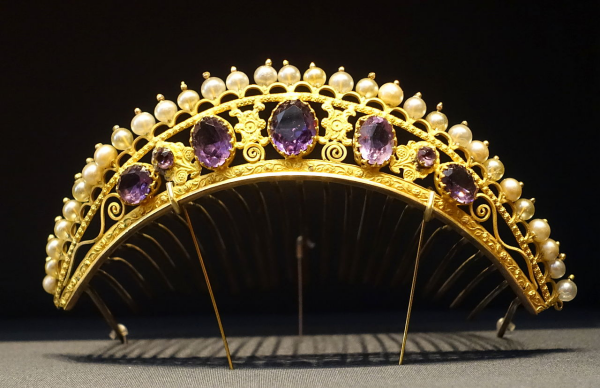 |
| The Bjorkbom Diadem (Wikimedia Commons) |
We also recently discussed a lovely tiara made of gilded metal set with artificial pearls and “gems” made of glass. There’s no rule that says that a tiara must be made of costly materials, so there’s no reason that only wealthy women should wear them.
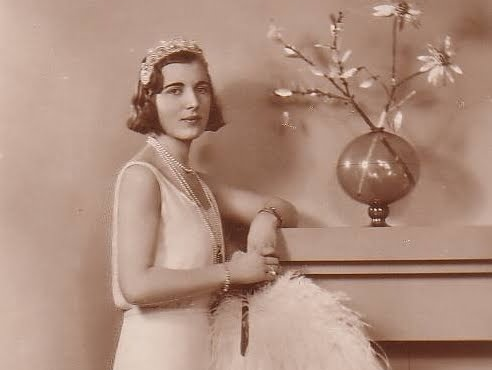 |
| A young Princess Ingrid of Sweden wears her mother’s Cartier tiara before her marriage (Wikimedia Commons) |
Leave a Reply